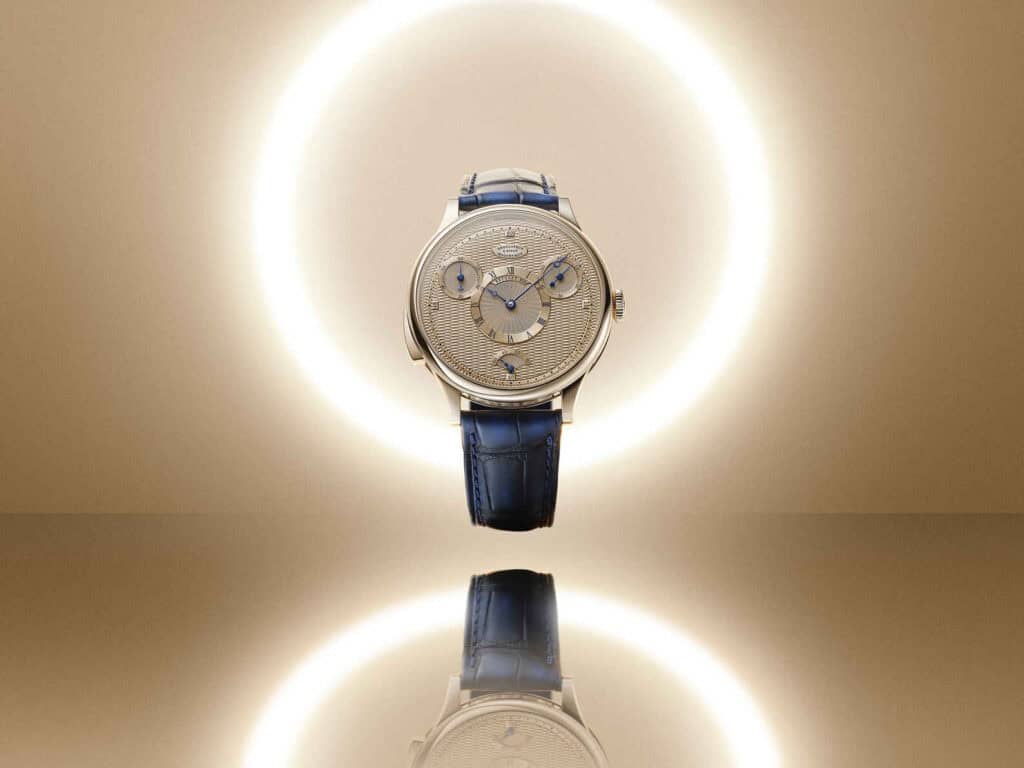The pursuit of precision has never been the result of a single invention, but rather a harmonious interplay of ideas — a truth Abraham-Louis Breguet understood better than anyone.
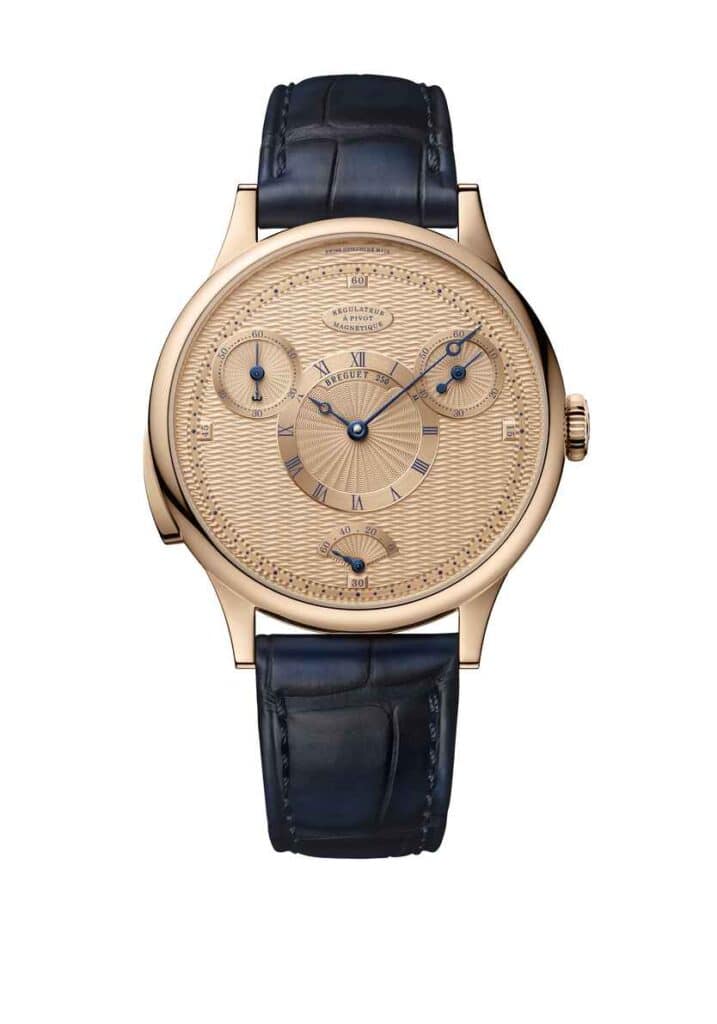
His genius lay in the recognition that accuracy in timekeeping demanded more than mechanical ingenuity alone. It was a discipline of experimentation — a symphony of rotation speeds, escapements, materials, and lubrication — all refined through relentless curiosity.
Breguet explored every parameter, from the microscopic to the monumental, weaving science and artistry into a single pursuit: the perfect measure of time. Among his many breakthroughs, two innovations remain cornerstones of modern horology. The tourbillon, patented by Breguet in 1801, stands as one of the most significant contributions ever made to the craft. By counteracting the effects of gravity, it transformed accuracy from an aspiration into a tangible achievement.
Equally ingenious was the constant-force fusée-and-chain mechanism, a marvel that today powers the flagship models of Breguet’s Tradition collection. Together, these inventions represent the culmination of centuries of refinement — proof that Breguet’s vision continues to guide the heartbeat of mechanical watchmaking.
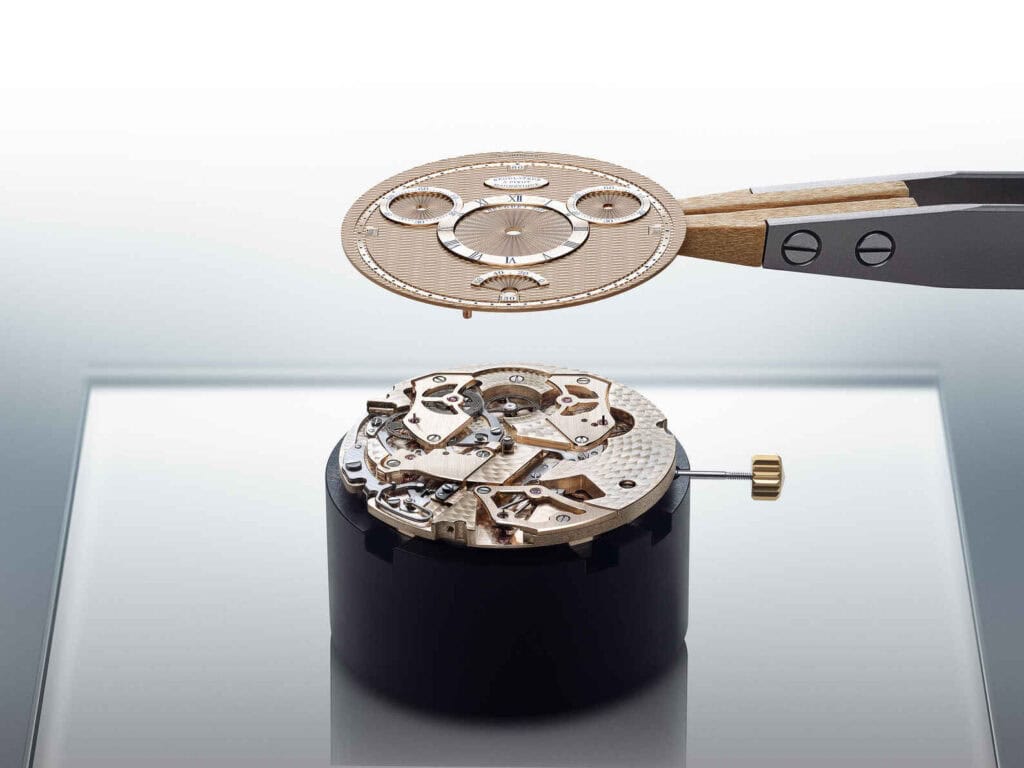
Yet, for all his brilliance, even Breguet faced limits imposed by his era. Few of his contemporaries explored the domain of high-frequency regulation — the idea that increasing a watch’s oscillation rate could deliver greater precision and faster recovery from positional errors.
The reason was twofold. Pocket watches of the late 18th century were designed to remain upright and undisturbed, largely immune to the disruptive forces that would later affect wristwatches. More importantly, the technical prerequisites — a more resilient escapement and a robust power reserve — simply did not yet exist.
In this respect, Breguet was not constrained by imagination, but by the boundaries of available technology.
More than two centuries later, the dream that Breguet first envisioned would finally be realised. In 2008, the first high-frequency Breguet wristwatch appeared — the culmination of a quest that began in his Parisian workshop.
It was a fitting tribute to the man who first understood that precision is not a destination, but an evolving dialogue between invention and perseverance.
From the tourbillon to high-frequency escapements, the spirit of Abraham-Louis Breguet continues to drive horology forward — a timeless reminder that the pursuit of perfection never truly ends.
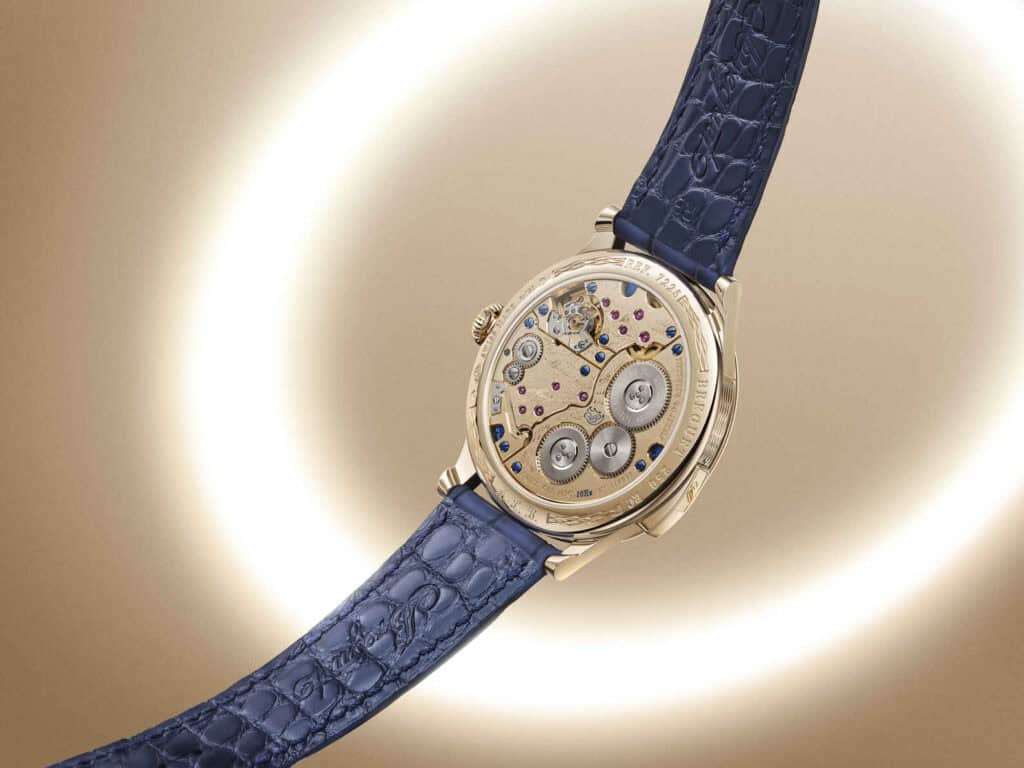
In today’s age of advanced horology, every element of watchmaking — from production and finishing to lubrication and quality control — has reached exceptional maturity. Power reserves now stretch across several days, reflecting the remarkable reliability of modern movements.
Carrying forward the visionary spirit of Abraham-Louis Breguet, the Classique 7225 represents the next step in the relentless pursuit of precision — exploring the frontier of high-frequency timekeeping.
Since the mid-2000s, Manufacture Breguet has led this exploration, culminating in the 2010 patent for the magnetic pivot. In true Breguet fashion, this invention transforms magnetism — once the nemesis of mechanical movements — into an ally, perfectly embodying the brand’s audacious innovation and mastery of time.
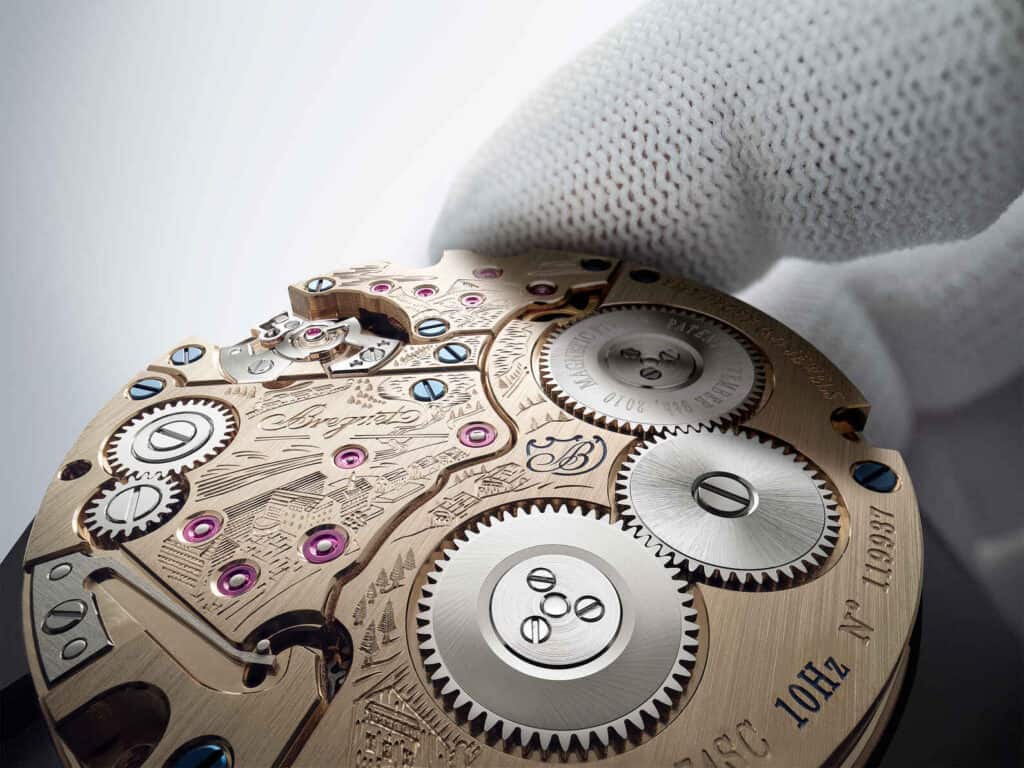
A micro-magnet is placed on either side of the balance-staff and together they create an intense magnetic flux inside the shaft. A subtle, deliberate imbalance in the flux keeps one end of the shaft in constant contact with its endstone. In the event of an impact, the magnetic forces automatically re-centre the shaft.
In the case of the magnetic pivot, frictional forces are low because only the tip of the axis pivots against a jewel, on a minimal surface area (compared to the sides of the pivot) and under nearly identical conditions in all six positions. This represents a major improvement in the average rate across the six positions.
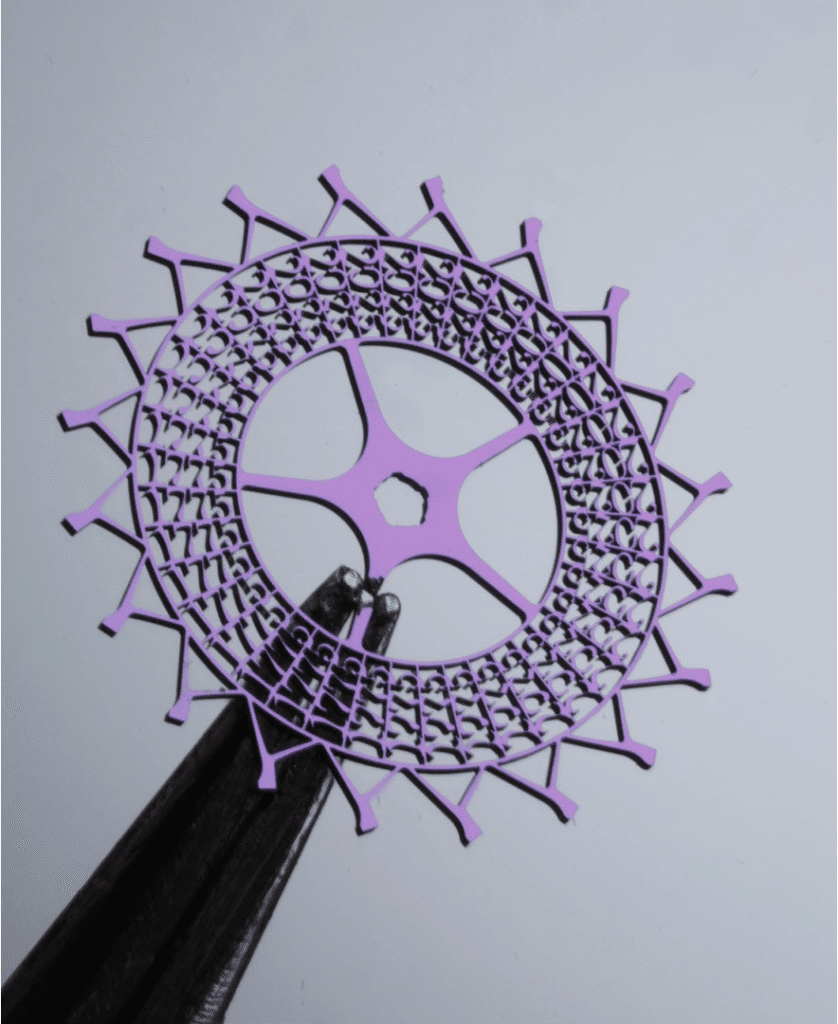
For the escape-wheel and pinion, Breguet has designed a phenakistoscope-type kinematic animation. In this model operating at a 10 Hz frequency, the rotation of this organ serves to display 20 images per second, enabling two inscriptions – in this instance “1775” and “2025” – to appear in turn, switching from one to the other in a smooth and fluid “morphing” effect. This is a first for Breguet.
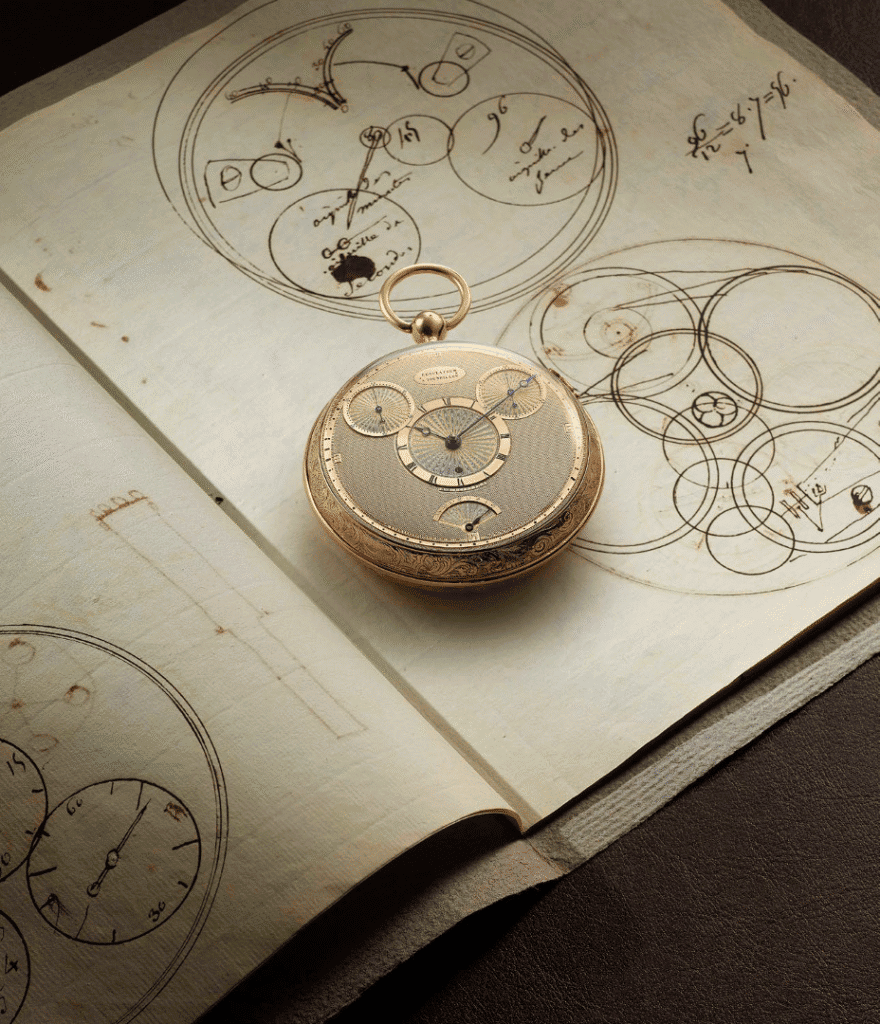
Visually, the Classique 7225 honours its predecessor with central hours and minutes (above), a fan-shaped power reserve at 6 o’clock — now extended to 60 hours — and two small seconds subdials positioned at 2 and 10 o’clock.
This twin seconds display is more than aesthetic symmetry; it reflects an ingenious idea first conceived by Abraham-Louis Breguet in 1809. The right-hand seconds runs continuously, while the left-hand counter features a flyback return-to-zero function, activated by a pusher at 8 o’clock.
This mechanism allows measurement of split or intermediate times — a direct descendant of Breguet’s 1820 innovation that would later inspire the modern chronograph.
Breguet Hallmark
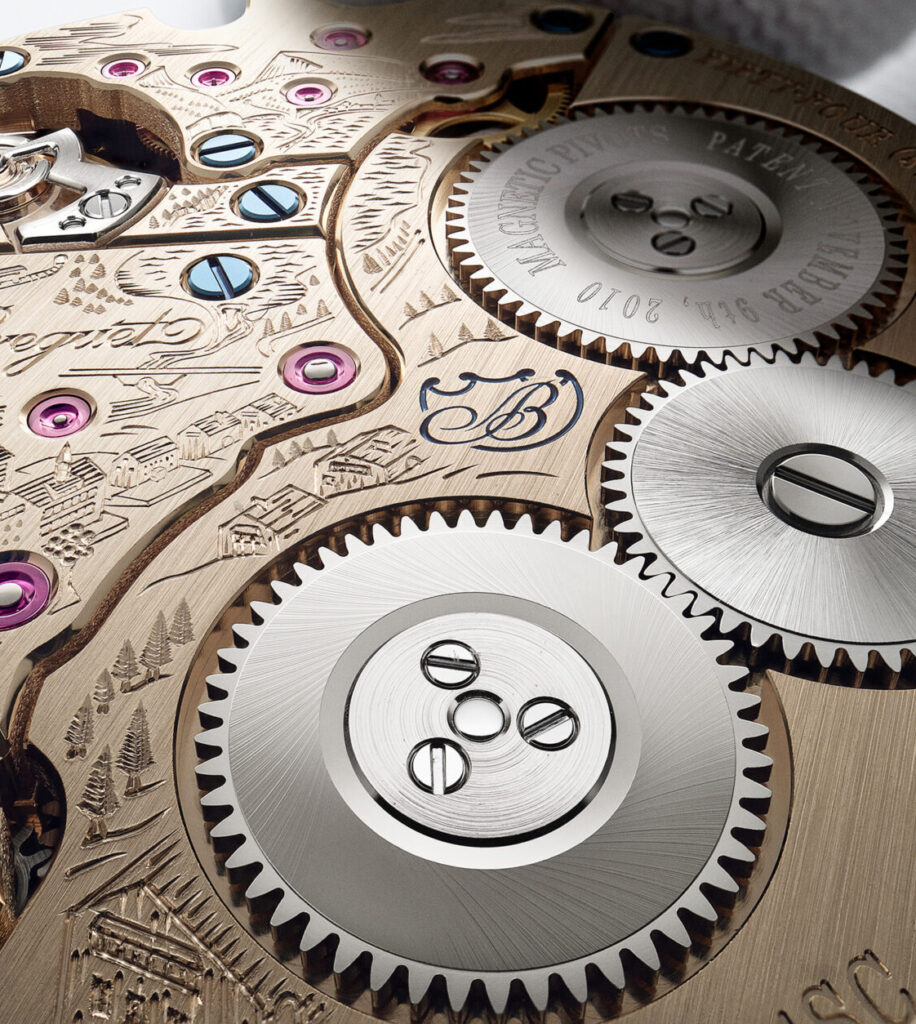
The Breguet hallmark stands as a symbol of exceptional craftsmanship — reflecting not only the beauty of each finish, but the precision and discipline behind it.
Every detail is executed to rigorous internal standards, overseen by a dedicated hallmark committee that safeguards the brand’s artisanal integrity. Each stamped watch bears the assurance that it has been conceived, crafted, and finished entirely by hand — a true expression of Breguet’s enduring artistry and excellence in watchmaking.
Technical Specifications:
Key Features
Classique 7225, small seconds and observation seconds with flyback function, Calibre 74SC, 10 Hz (72,000 vibrations per hour) and 60-hour power reserve, 41 mm-diameter case in 18K Breguet gold, hand-guilloché “Quai de l’Horloge” caseband, hand-guilloché dial in 18K Breguet gold bearing the same motif, Roman numerals on the chapter ring, blue gold Breguet hollow tipped hours and minutes hands, large-scaled alligator leather strap with 18K Breguet gold pin buckle.
Case
18K Breguet gold
41 mm diameter
10.7 mm thick
Hand-guilloché “Quai de l’Horloge” caseband
Spherical sapphire crystal glare-proofed on both sides
Sapphire crystal caseback engraved with the inscription “BREGUET 250 YEARS”, glare-proofed on both sides along with anti-fingerprint coating
Hand-guilloché with “Quai de l’Horloge” motif
Customisable caseback
Water resistance to 3 bar (30 metres)
Dial
18K Breguet gold, hand-guilloché with “Quai de l’Horloge” motif
Roman numerals on the chapter ring
Small seconds at 2 o’clock, observation seconds at 10 o’clock and power reserve at 6 o’clock, flinqué guilloché motif
Breguet blue gold hollow-tipped hours and minutes hands
Blued seconds and power-reserve hands
Indications
Hours, minutes, small seconds, observation seconds, power reserve
Price
Upon request
For more information please visit Breguet


